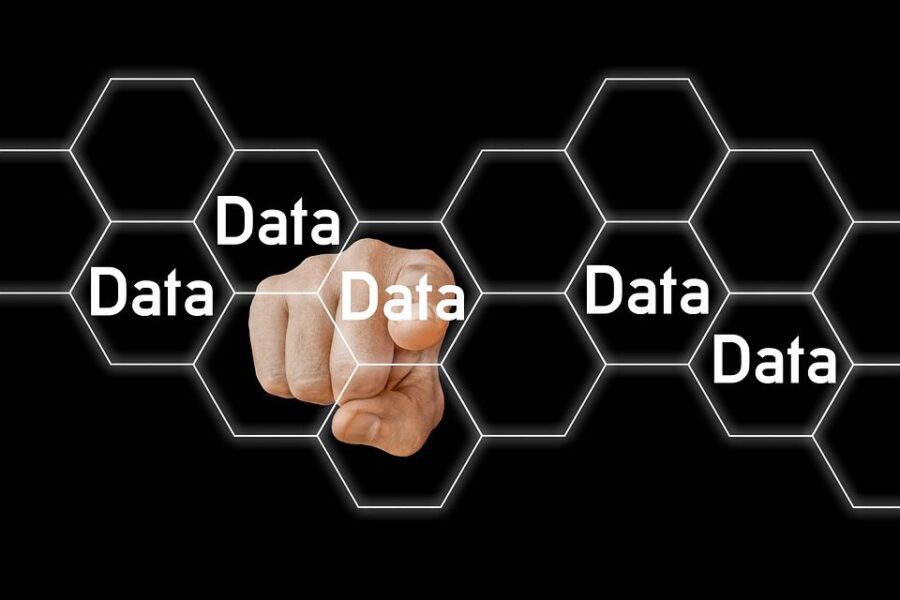
Data centers are consuming substantial amounts of power; hence, it is pivotal for data centers to focus on becoming more and more energy or resource-efficient. In this digital era, it is crucial to focus on being more energy-conscious. As such, data centers are trying to identify effective ways of enhancing their performance. One of the most effective techniques for achieving this goal is to rely on data center decommissioning. You may realize that data center decommissioning is integral to the data center hardware’s lifecycle. It has to be carried out in a planned and careful way. An article on Forbes points out that data centers are consuming phenomenal electricity, over 205 terawatt hours every year. The statistics reveal that data centers are consuming more electricity than the energy Taiwan, Denmark, South Africa, or Ireland use annually.
Organizations should realize and acknowledge the necessity of data center decommissioning since using obsolete or outdated hardware can be hazardous to the environment and your data. Decommissioning old hardware helps safeguard your valuable data by making sure the equipment is not infected by malware or viruses. If organizations undermine or ignore the importance of data center decommissioning and keep using outdated or obsolete equipment, you may end up losing valuable data and compromising your system.
What is data center decommissioning?
Data center decommissioning means eliminating hardware for relocating, reselling, disposing, or recycling while data is being rerouted to brand-new servers. The data center of an organization acts as the fuel for powering diverse business operations. Your organization’s data is valuable and sensitive. Therefore, the decommissioning process necessitates meticulous planning and cautious execution. Decommissioning goes far beyond dismantling or eliminating hardware, installing brand-new servers, and rewiring relevant network cables. IT administrators may initiate the data center decommissioning process by drafting a detailed and clear-cut Decommission Project Plan for the Data Center and a Decommissioning Checklist. This much documentation or paperwork is essential for facilitating streamlined decommissioning minus disruptions in business operations.
You may understand that data center decommission involve the following:
- De-installing servers, computers, storage devices, power generators, cabling, and all other data center equipment.
- Disposing of old storage devices that are about to conk off, like solid-state drives, hard disk drives, DVDs, and CD ROMS.
- Disposing of e-waste products and materials.
- Recycling e-waste and trying to recover hardware parts for manufacturing IT equipment.
Reasons to opt for decommissioning data center
Substantial Cost Savings: One of the top reasons for decommissioning a company’s data center is cost savings. It can be an expensive affair to maintain a data center. You can make substantial savings on energy consumption, staffing expenses, and maintenance by decommissioning your data center.
Environmental Benefits: Data center decommissioning may result in a positive impression on the environment. A tremendous amount of energy is essential to operate a data center that can lead to greenhouse emissions. You may decommission your data center to minimize your carbon footprint and contribute positively towards a sustainable future.
Conclusion
When you decommission your data center, it is pivotal to erase all data securely from your systems. It can be a complicated process. However, it is crucial for preventing undesirable data breaches and protecting sensitive data and information. It can be a challenging process to decommission your data. However, be sure to reap the benefits associated with data center decommissioning.
